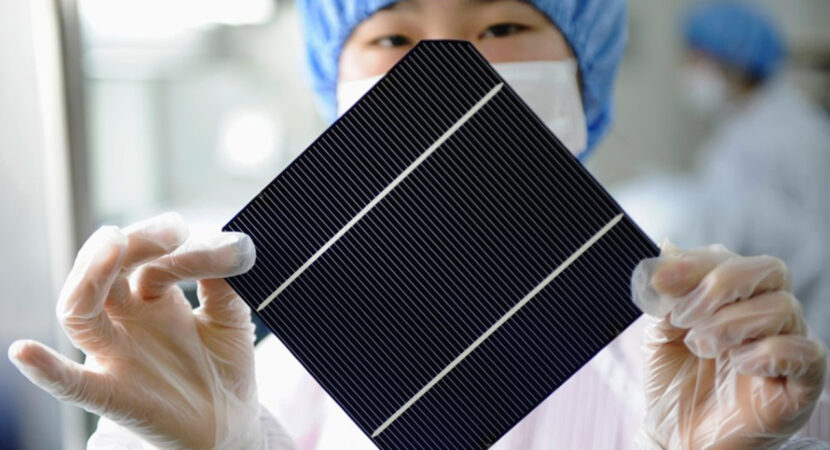
Scientists design new transparent solar energy cells using thin silicon films, with efficient renewable energy generation on smartphone screens
The novelty of today's renewable energy may even sound a little contradictory, but it certainly promises many benefits: a team of scientists from two Korean universities have developed solar energy panels capable of working even on a Smartphone screen
Read also
Dry and wet solar energy cells – understand
Conventional solar power cells can be either “wet type” (solution based) or “dry type” (made from metal oxide semiconductors). Of these, dry renewable energy cells have a slight advantage over wet cells: they are more reliable, environmentally friendly and cost-effective.
Furthermore, metal oxides are suitable for making use of ultraviolet light. Despite all this, however, the potential of POS metal oxide has not been fully explored until now.
The new discovery of scientists in the world of renewable energy
To this end, researchers from the National University of Incheon, Republic of Korea, have created an innovative design for a TPV smartphone based on metal oxide. They inserted an ultrathin layer of silicon (Si) between two transparent metal oxide semiconductors with the aim of developing a smartphone that is efficient in solar energy.
These findings were published in a study in Nano Energy, which was made available online on August 10, 2020 (prior to scheduled final publication in the December 2020 issue). Professor Joondong Kim, who led the solar energy study, explains, “Our goal in the world of renewable energy was to develop a high-power, transparent solar energy cell, incorporating an ultra-thin film of amorphous Si between zinc oxide and zinc oxide. nickel in a smartphone.”
This new design consisting of Si film had three main advantages. First, it allowed the use of longer wavelength light (as opposed to naked smartphones).
Second, it resulted in efficient collection of photons in smartphones. Third, it allowed faster transport of charged particles to the electrodes. In addition, the project can potentially generate electricity even in low-light situations (for example, on cloudy or rainy days). The scientists further confirmed the smartphone's ability to generate renewable energy by using it to run a fan's DC motor.











